Political class don’t have the answers to voters’ most urgent questions
The brutal truth? Cheaper money and government cash splashes won’t get us out of stagnation or make our economy more dynamic.
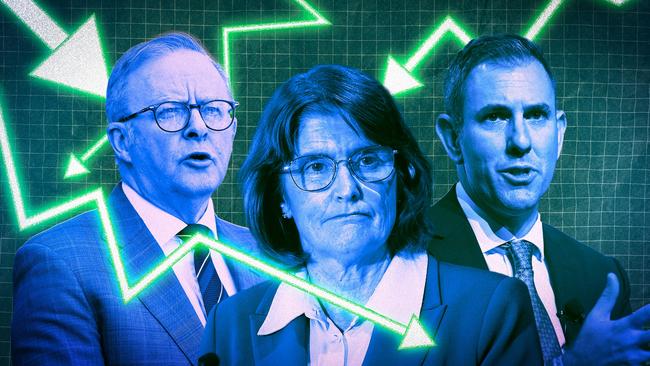
The Reserve Bank’s quarter percentage point cut in official interest rates this week was more an act of pity than a strong statement of intent. It was a small mercy, nevertheless, and a welcome one, providing a little less constriction on the air passages of Australian borrowers.
Perhaps it was the thought that counted. During this relentless inflation squeeze, working people have seen an 18 per cent rise in their living costs since the middle of 2022. The annual saving on a $600,000 mortgage is expected to be $1152, or $22 a week.
Still, the messaging got weird, as it tends to as the electoral love goes wrong, when Anthony Albanese X-foliated post-easing. “Australians worked hard for this rate cut and they deserve this rate cut,” he emoted on Elon Musk’s digital platform. Jim Chalmers said the RBA’s slight turn of the screw was “a demonstration of the substantial and sustained progress we’ve made on inflation together”.
Perhaps it was simply the national will that turned it after all, the longing of the multitude and Sally McMegaphone on the porch at the RBA, because the central bank’s latest foray on the state of the play did not add up to a clear instruction to cut the cash rate. The quarterly Statement of Monetary Policy was a document for all seasons and boardroom possibilities.
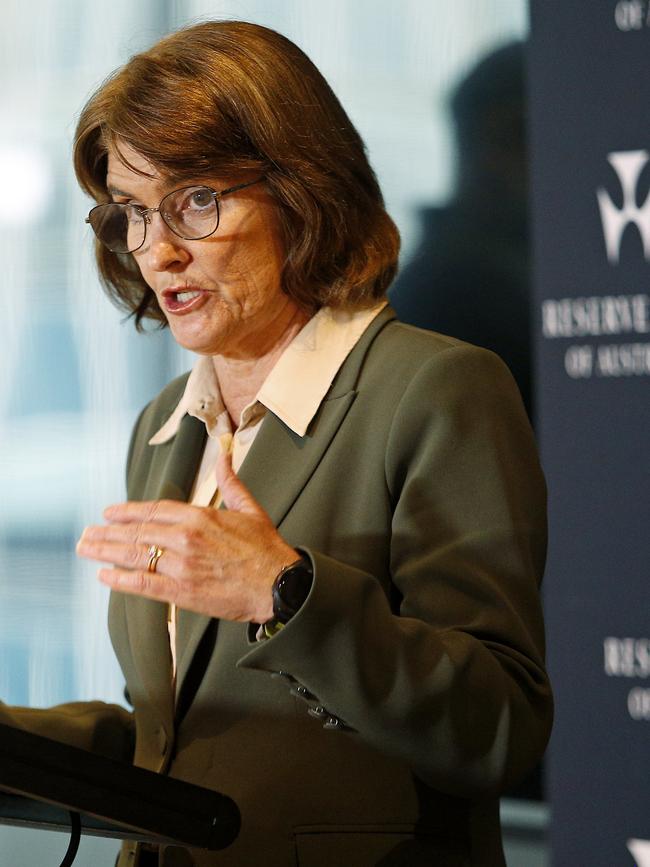
In fact, the RBA staff’s guide to the economy was like an immersive art installation, a hall of mirrors. As you enter one section, you glimpse a shaggy, anaemic fellow who could use a haircut and a steak; at the next turn, you’ve grown a belly that demands lap band surgery or a skinnier tie.
A close reading of the text and data leads to a cryptic policy vow: to have (a rate cut) and to hold. And that’s what a divided board said it delivered, an easing that was still restrictive, an immaculate consensus!
Michele Bullock was on hand after the board’s decision on Tuesday to provide clarity and then appeared with her backing band before a parliamentary committee on Friday. Although financial markets were pricing in three more quarter-point cuts across the coming year, they were getting way ahead of the data, the RBA governor said at her press conference after the rates decision.
“We are still restrictive,” Bullock told reporters. “And we are waiting for more evidence that we get inflation sustainably back in band before we are willing to move again.”
Westpac chief economist Luci Ellis said by “explicitly characterising the stance of policy following the cut as restrictive, the board is implicitly suggesting that, as long as inflation keeps declining, further rate cuts are on the cards.
“A moderate, almost grudging, path of easing is likely from here,” Ellis concluded.
But the RBA’s forecasts should worry us all, especially the entire political class. They reveal weaker economic growth across the forecast period than previously expected, a further plunge in productivity and no increase at all in business investment.
We simply can’t shake the Great Australian Malaise.
According to the RBA, economic growth is expected to be 2 per cent in the year to June before sputtering along at a bit above that in the following two years. Home building stumbles on, too, suggesting the National Housing Accord target of 1.2 million dwellings by mid-2029 is in even more peril than acknowledged.
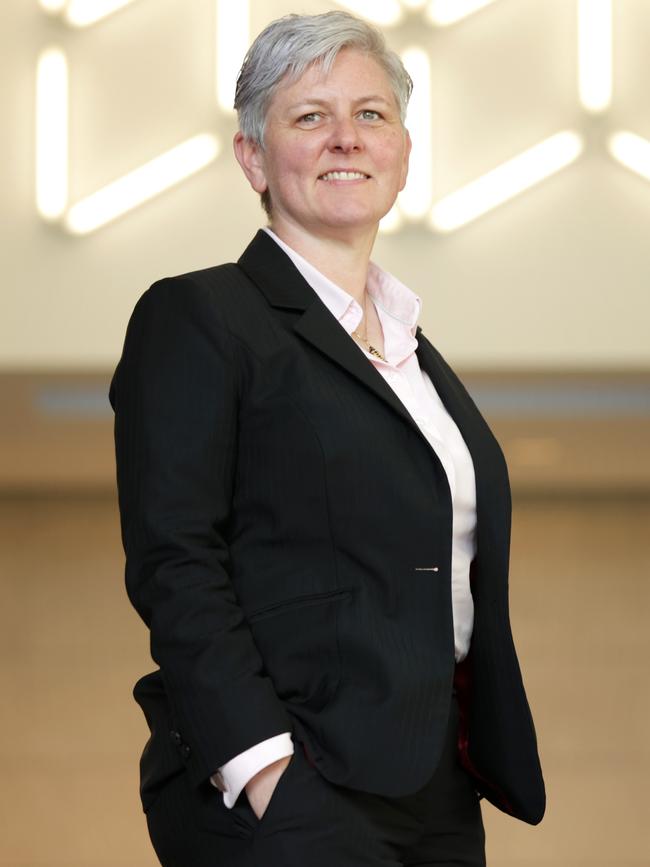
The RBA’s liaison with builders found weak sales in NSW and Victoria for detached homes, a shortage of painters and tilers, and new apartment developments on hold because the proponents’ construction costs are too high relative to selling prices.
As Deloitte Access Economics reported this month, the outlook for business investment has deteriorated. Companies are in cost-cutting mode and fixing their balance sheets, while profits are being squeezed and uncertainty (a known project killer) is rising.
But it’s the central bank’s commentary on productivity that sends a chill through policy land. Productivity is forecast to have fallen by 1.9 per cent in the year to December, with another chunky slide expected in the annual rate for the reading in the coming June quarter.
Remember, there has been virtually no growth in productivity, the basis for sustainable improvement in material living standards, since 2016. No wonder we’re stuck in the slow lane and run into capacity constraints (which are inflationary and lead to higher interest rates) at low speeds.
The RBA simply assumes, as it is bound to do, that we’ll eventually lift our productivity growth to the long-run average of around 1 per cent a year by the end of the forecast period (June 2027). But in the five years before the pandemic we managed to achieve only half this rate.
Say a prayer for generative AI and data centres, among other innovations, because if we don’t raise the supply capacity of the economy watch out. It will most likely mean tempering our wage expectations, consuming less and dealing with persistently higher inflation.
Thursday’s jobs report for January from the Australian Bureau of Statistics pointed to the ongoing strength of the labour market: record participation rates, more people in work and looking for work.
RBA deputy governor Andrew Hauser said it was “quite hard to see bad news in the latest employment data”.
Let’s wind it back a bit. We’re furiously adding new workers, especially in the non-market part of the economy, which includes the booming areas of health, aged care and disability services. But the economy-wide employment boom is not leading to an equivalent rise in output.
As Deloitte partner David Rumbens said ahead of the ABS release, since March 2022 labour productivity has fallen by 5.7 per cent, with a 3.1 per cent fall in market sector productivity and a 9 per cent drop in non-market labour productivity, now at a near two-decade low.
“Three years of near consistent declines has become a key concern,” Rumbens writes in the latest Employment Forecasts report. “Australia needs a productivity boost – from the market sector via investment, particularly in technology, and from the non-market sector via economic reforms.”
The extreme consequences of this economic debility are shown in the housing affordability and supply crisis. This week the Productivity Commission estimated we are completing half as many homes per hour worked as we did in 1995.
Productivity Commission chairwoman Danielle Wood said while governments were rightly focused on changing planning rules to boost new home supply, “the speed and cost of new builds also matters”. “Lifting the productivity of home building will deliver more homes, regardless of what is happening with the workforce, interest rates or costs,” Wood said.
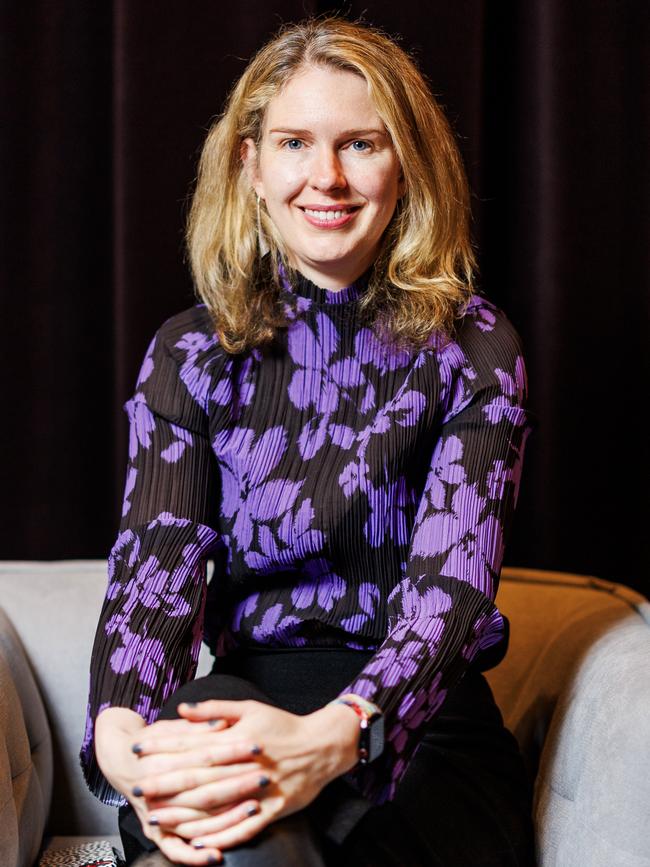
The brutal truth from official forecasts from the central bank and Treasury is that the private sector is in decay, while governments continue to borrow money to provide households with bill relief, hire more public servants and commit to road and rail mega projects. After mid-year budget updates from Canberra and the states, public demand is even more rampant, likely to be growing at over 5 per cent in the year to June; a poke in the eye to the independent inflation fighters at the RBA who, as the Treasurer put it last year, were “smashing the economy”.
In any case, budget reality is finally creeping in, with Victoria’s Labor Premier Jacinta Allan announcing on Thursday a review into state spending that could lead to mass lay-offs in the public service.
The new Queensland Liberal National Party government, which talks fiscal tough but recommits to populist trash such as (essentially) free public transport, is on notice from the credit watchers. Ratings agency S&P warned Premier David Crisafulli this week to slash spending and cut debt or risk the state’s first credit rating downgrade in more than 15 years.
Chief executive of national employer peak body the Australian Industry Group Innes Willox said “the private sector labour market is more fragile than the headline employment figures”, which showed the jobless rate rising to 4.1 per cent last month. Across the past year, 85 per cent of (net) new jobs were in the public or non-market sectors.
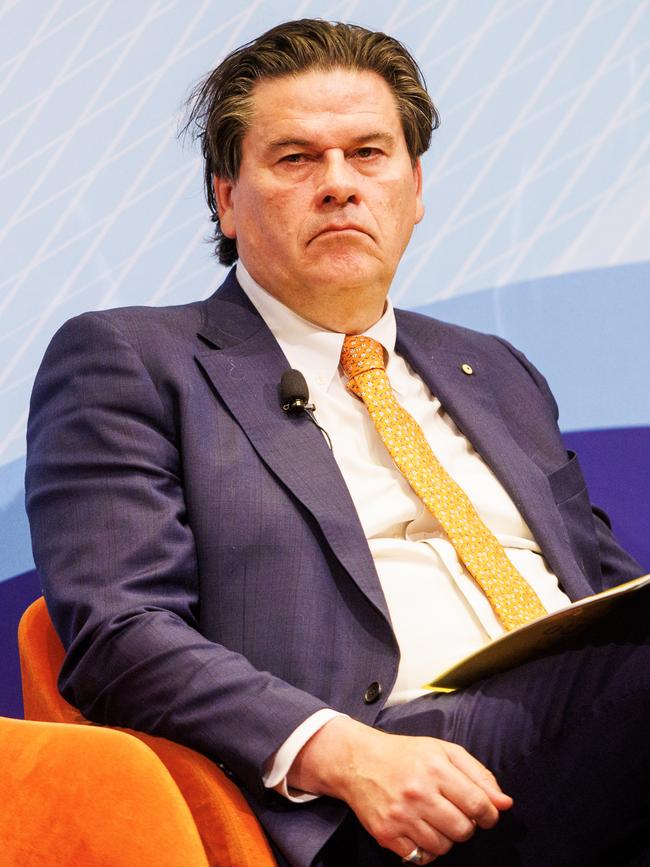
“Economic growth has become dependent on increasing public spending, while many private sector industries are facing recession-like conditions,” Willox said. “We cannot sustain Australia’s strong labour market without strong businesses.”Given the private sector accounts for around 70 per cent of jobs, the business lobby chief said “urgently rebooting conditions for business investment, employment and growth must be a top priority going into this election year”.
But we’re likely to be offered more of the same low-calorie economic policy, no matter who wins the coming election. The despond in living standards will persist.
Three years ago, voters may have thought they were drawing a line under the policy drift of the Coalition’s latter years; even before Covid-19, there was a capital strike, income stagnation and underemployment. On election day 2022, this columnist sensed a weary electorate in the aftermath of the pandemic, a chronic fatigue with politics, shell-shocked by the rise in their household bills. Then the RBA started raising borrowing costs.
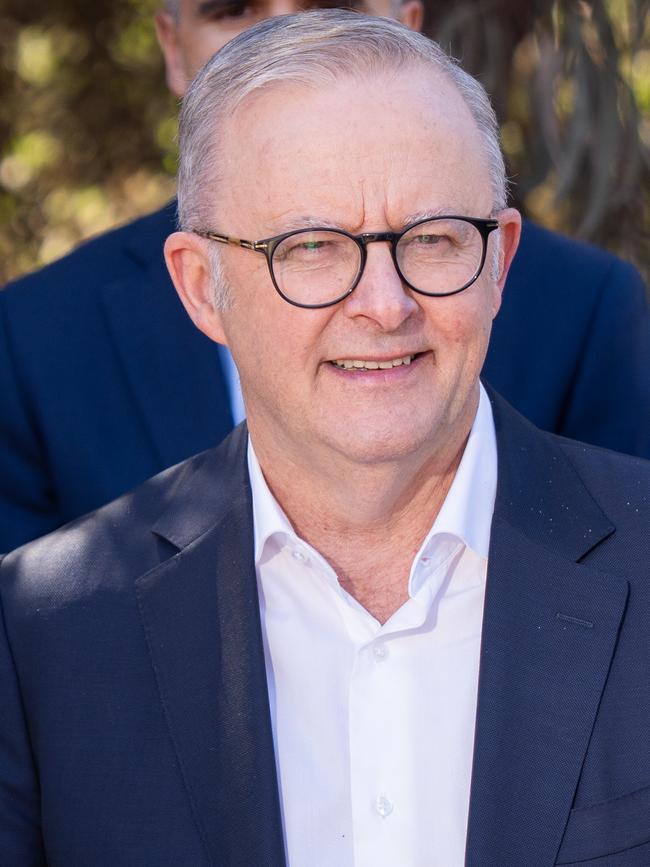
During the campaign Albanese promised “we can do better” and offered baby steps of change: not a revolution or renovation, just a reset. In some ways, the Prime Minister has gone way beyond the brief by intervening in the economy and in others he has been shockingly idle. After a thousand days in office, Labor has been unable to shift the national mood.
The latest True Issues poll from JWS Research, conducted before the rate cut, shows voters remain deeply pessimistic about the direction of the national economy. Half of voters aged 55 and older and those not university educated said the economy was travelling in the wrong direction; those with household incomes above $200,000 were the most optimistic.
While Labor has meandered, the Coalition has been missing on the big economic issues. Back to basics? That won’t cut it with an electorate now hungry for answers. Neither will a soft trail of soap suds – breaking up insurance companies to cut premiums, seriously? – that leaves no trace beyond the gentlest spin cycle.
Uncannily, opposition Treasury spokesman Angus Taylor, comfortably on agistment in the final paragraph of stories, nailed the endemic policy malaise when he declared the RBA’s cut was “too little, too late” for many. That’s quite a bit of projection, one that will haunt the policy-shy Coalition if it falls short of forming government after the federal poll.







To join the conversation, please log in. Don't have an account? Register
Join the conversation, you are commenting as Logout